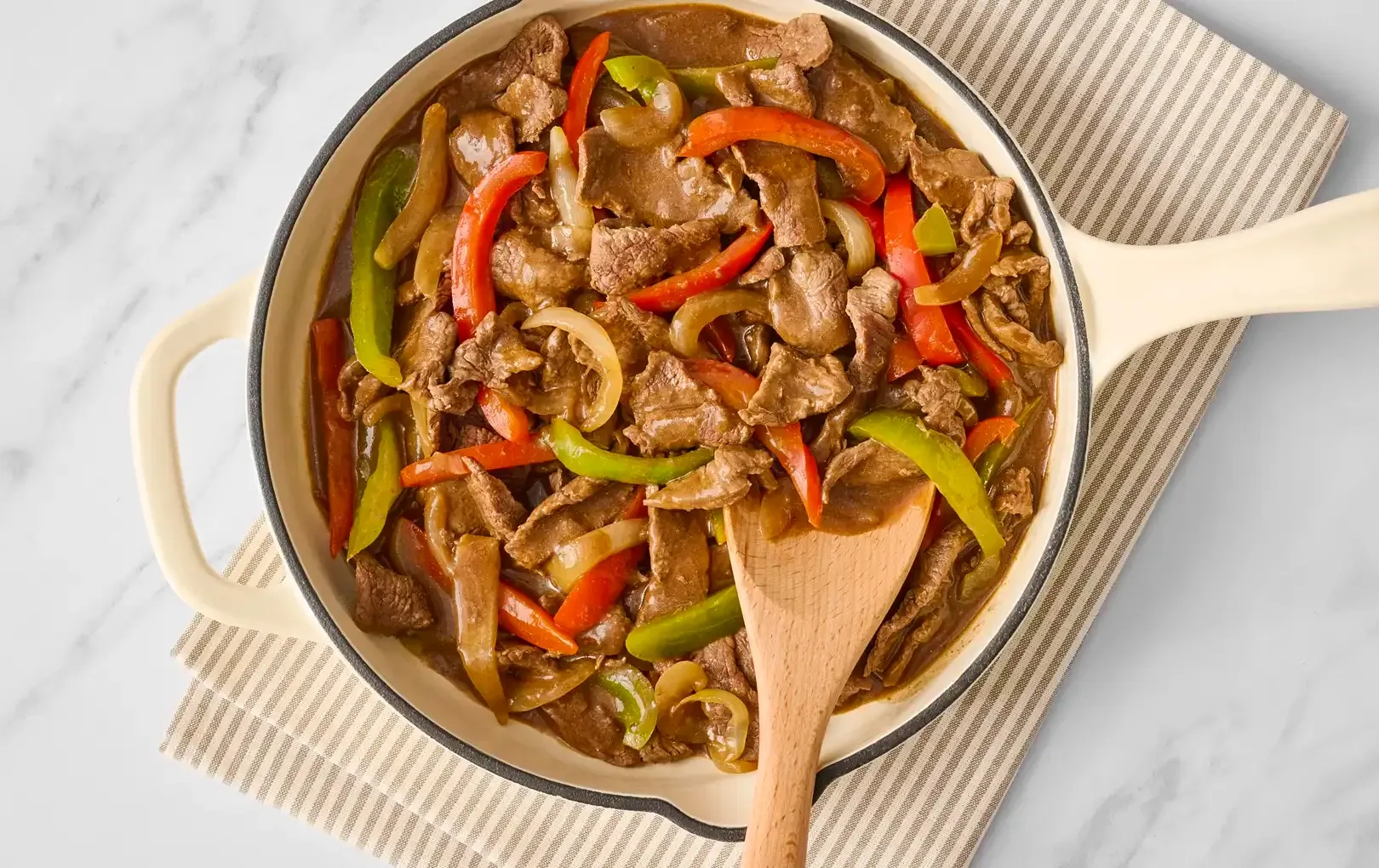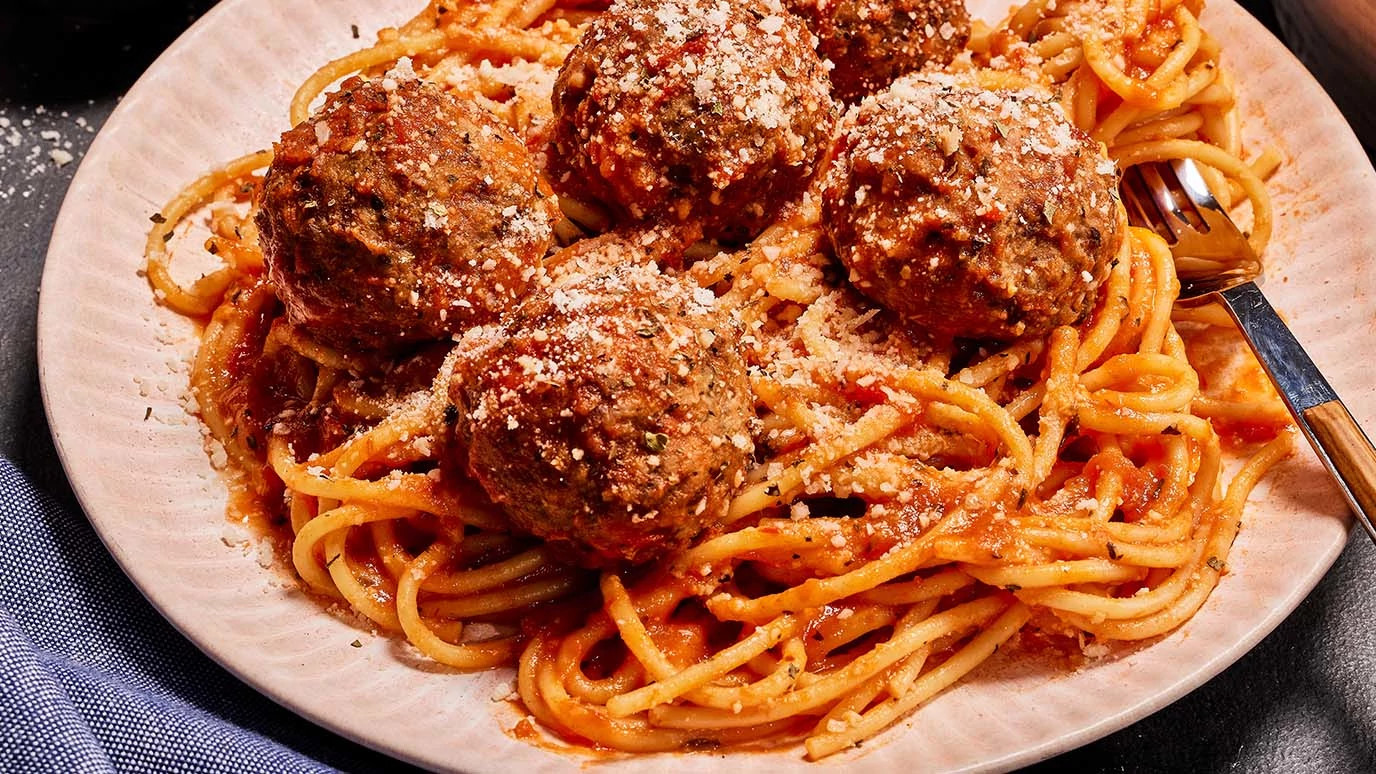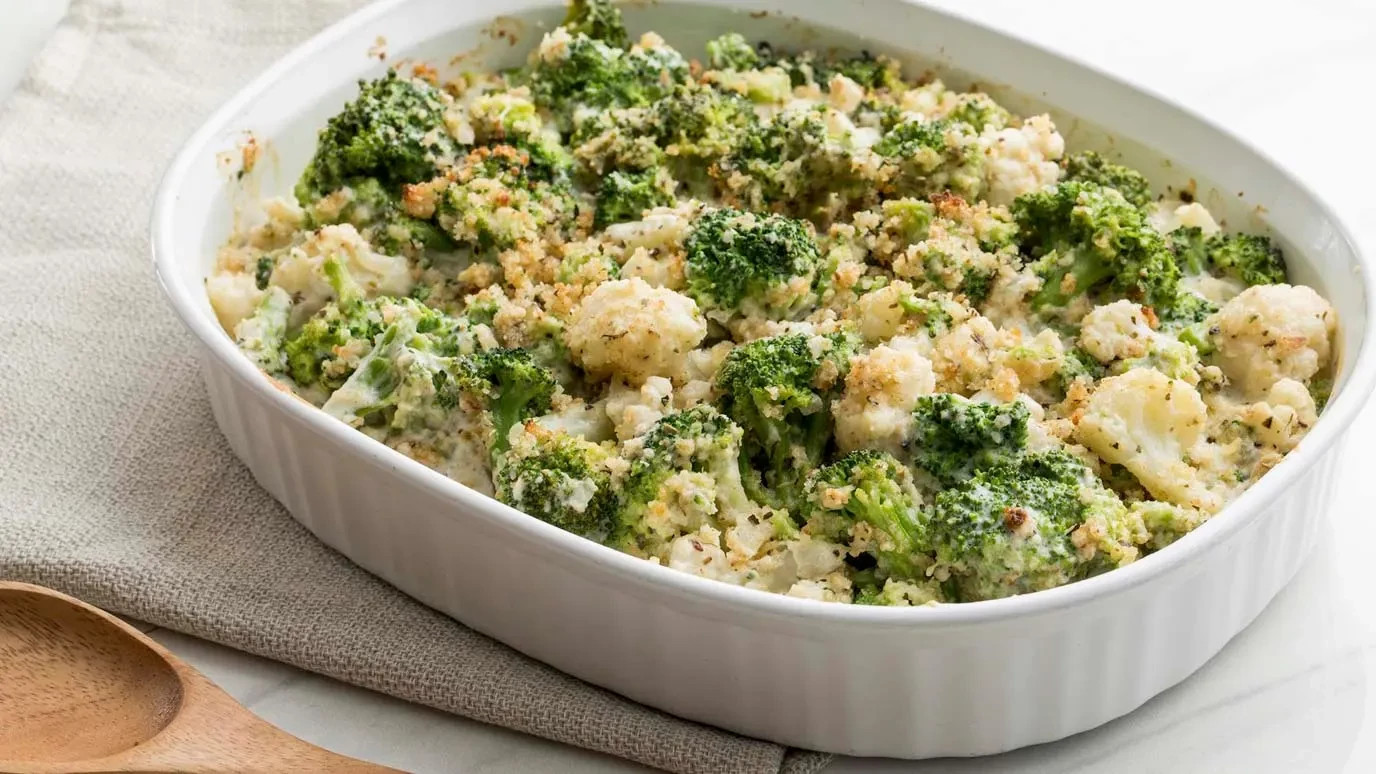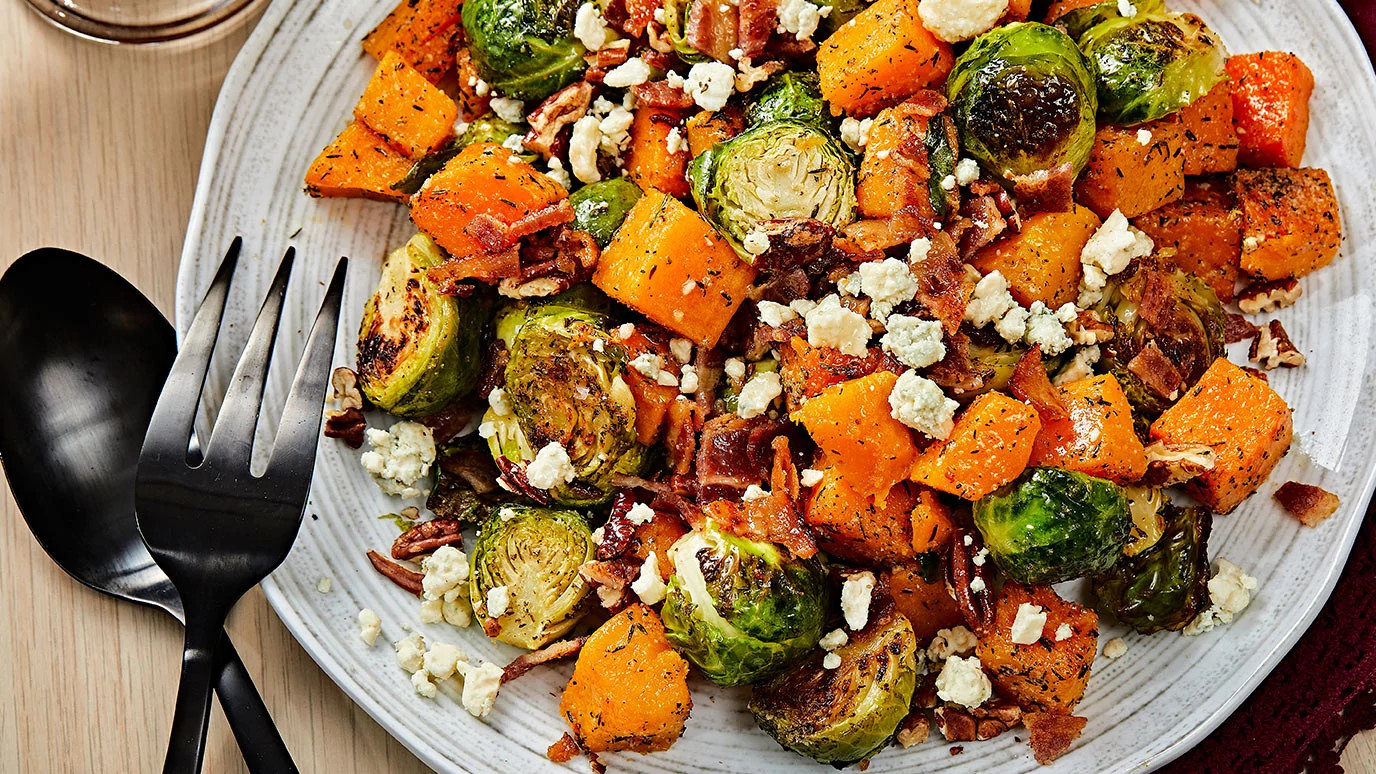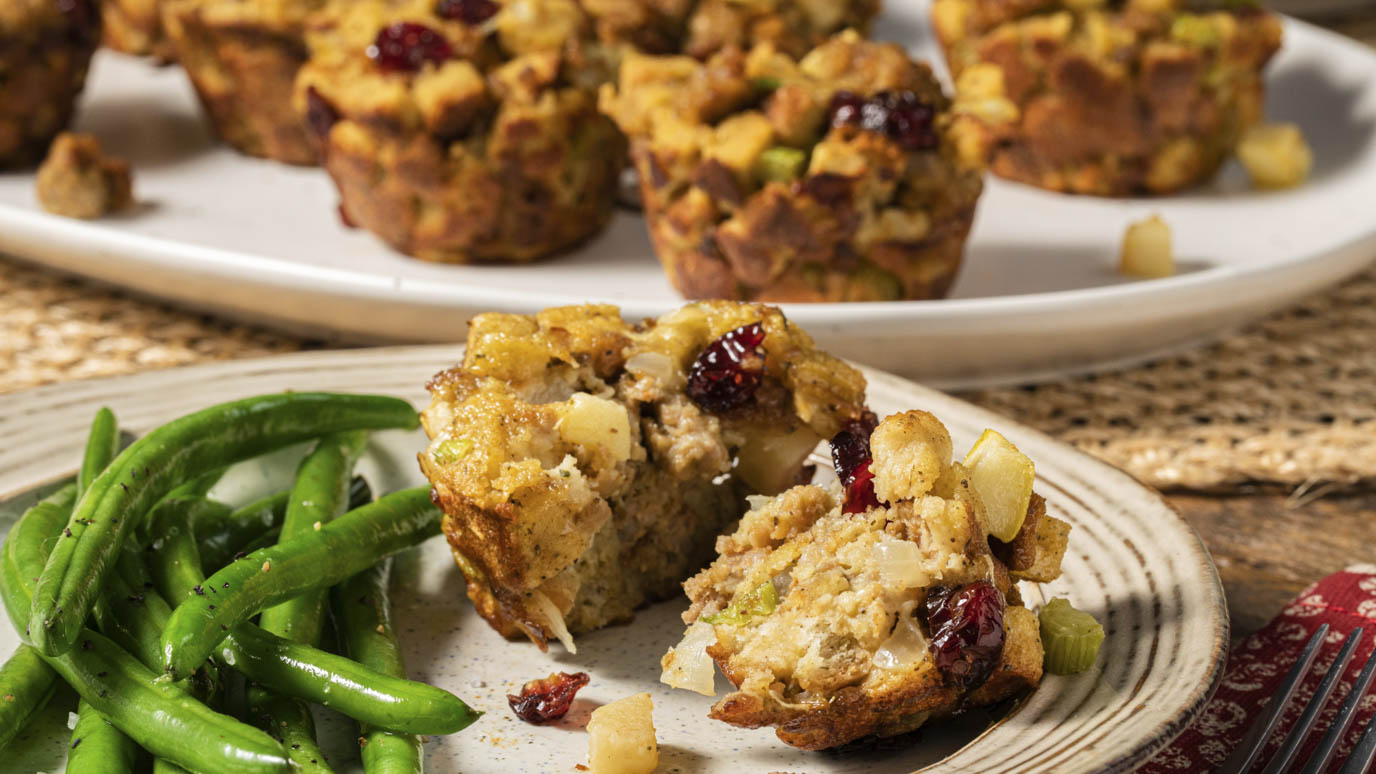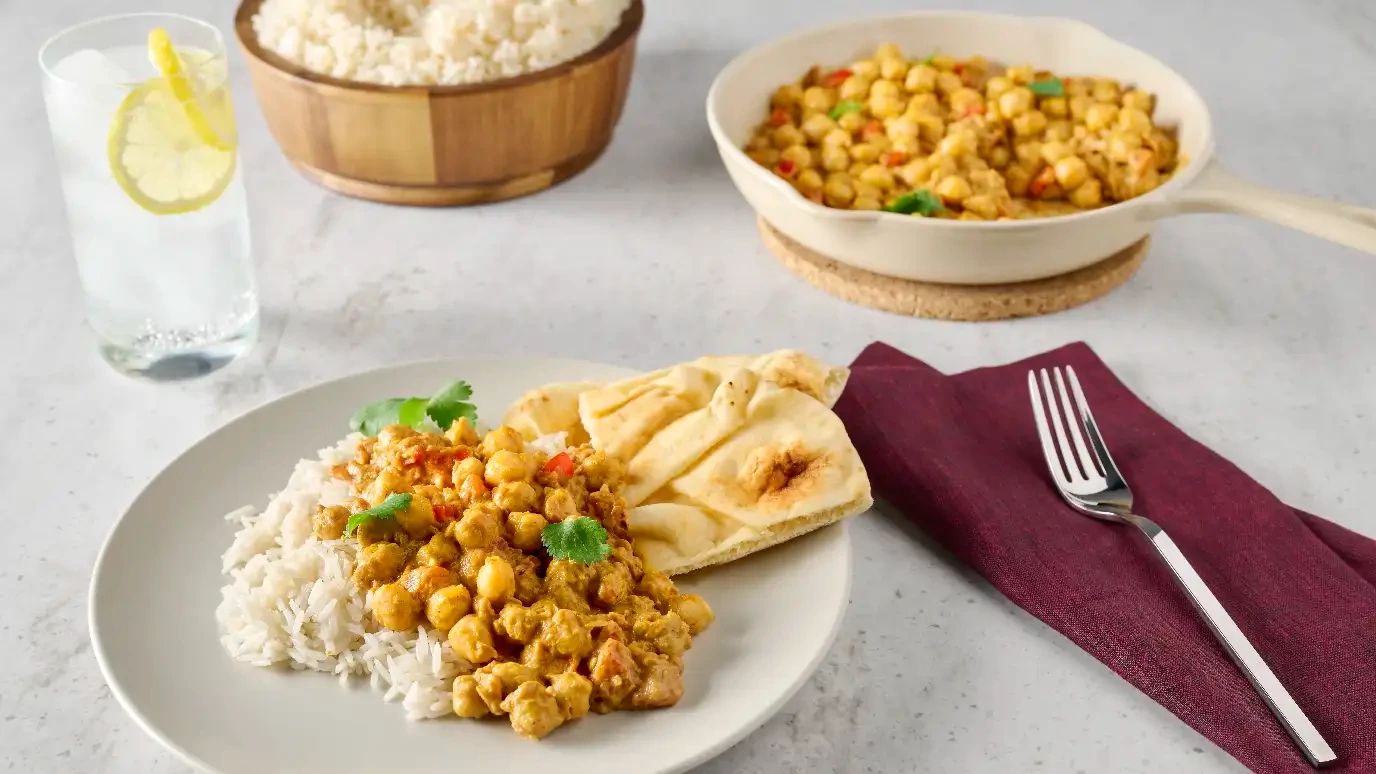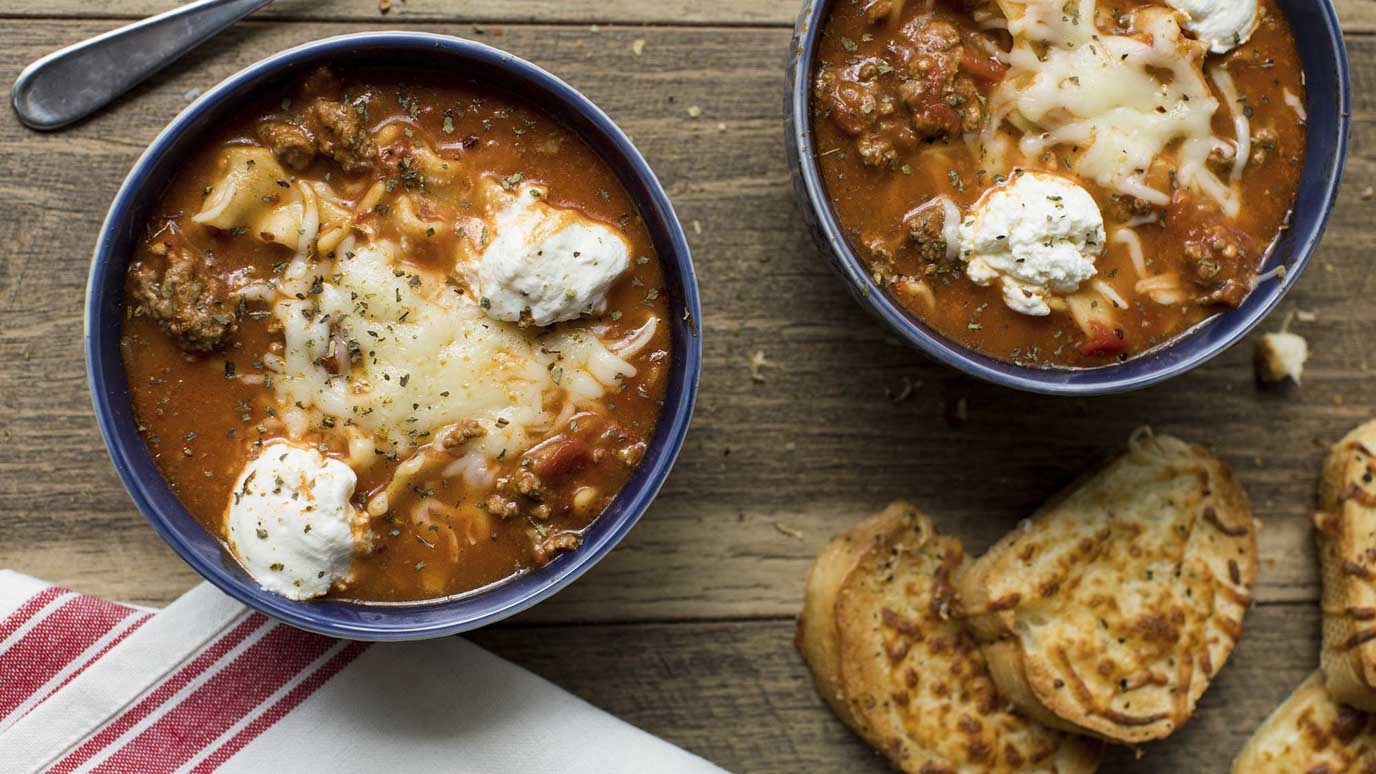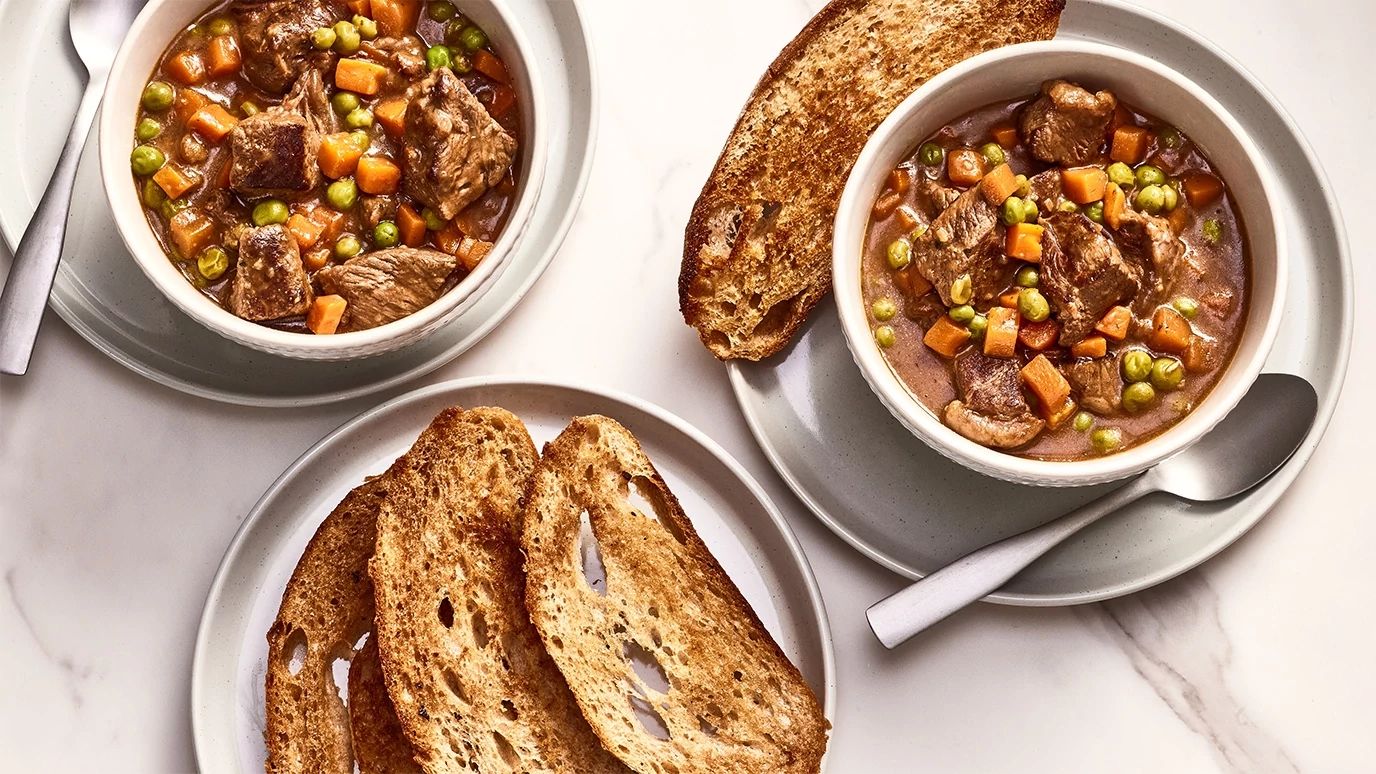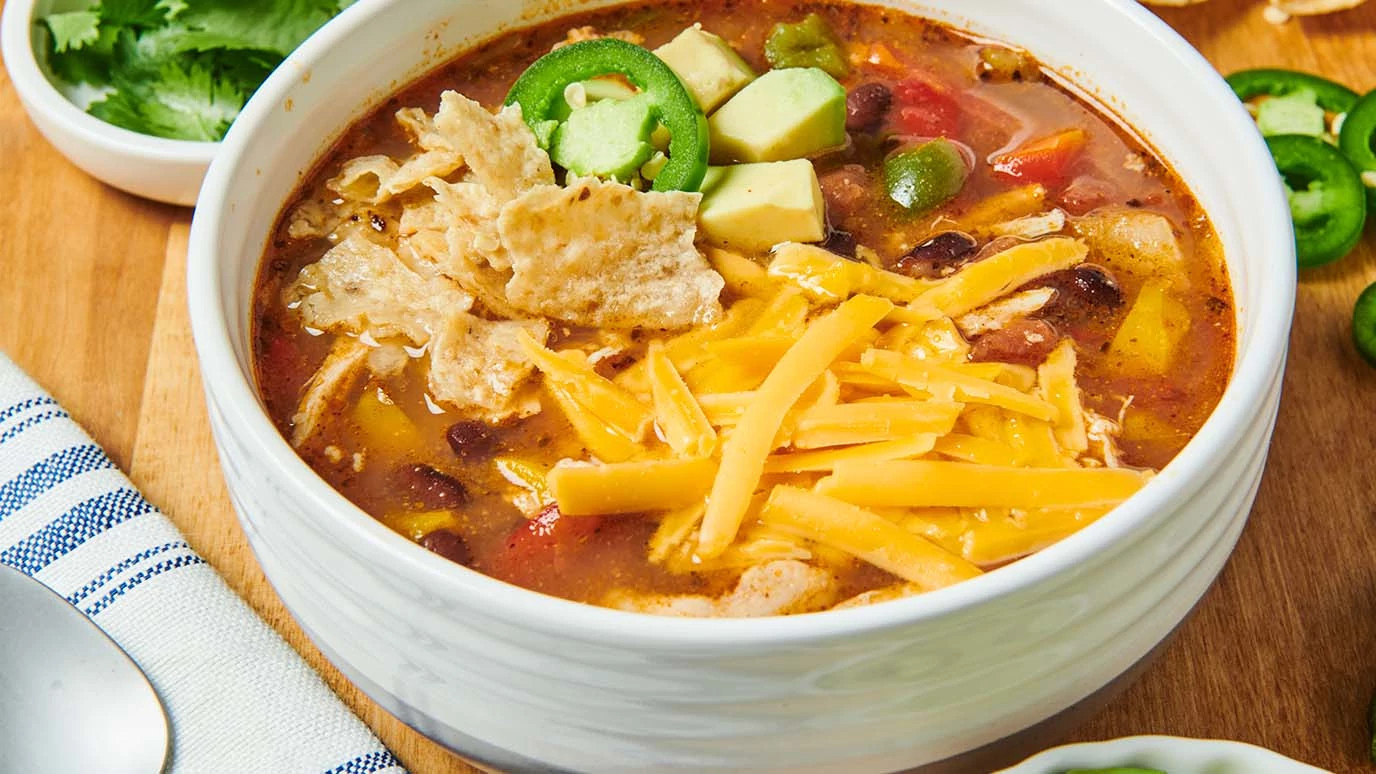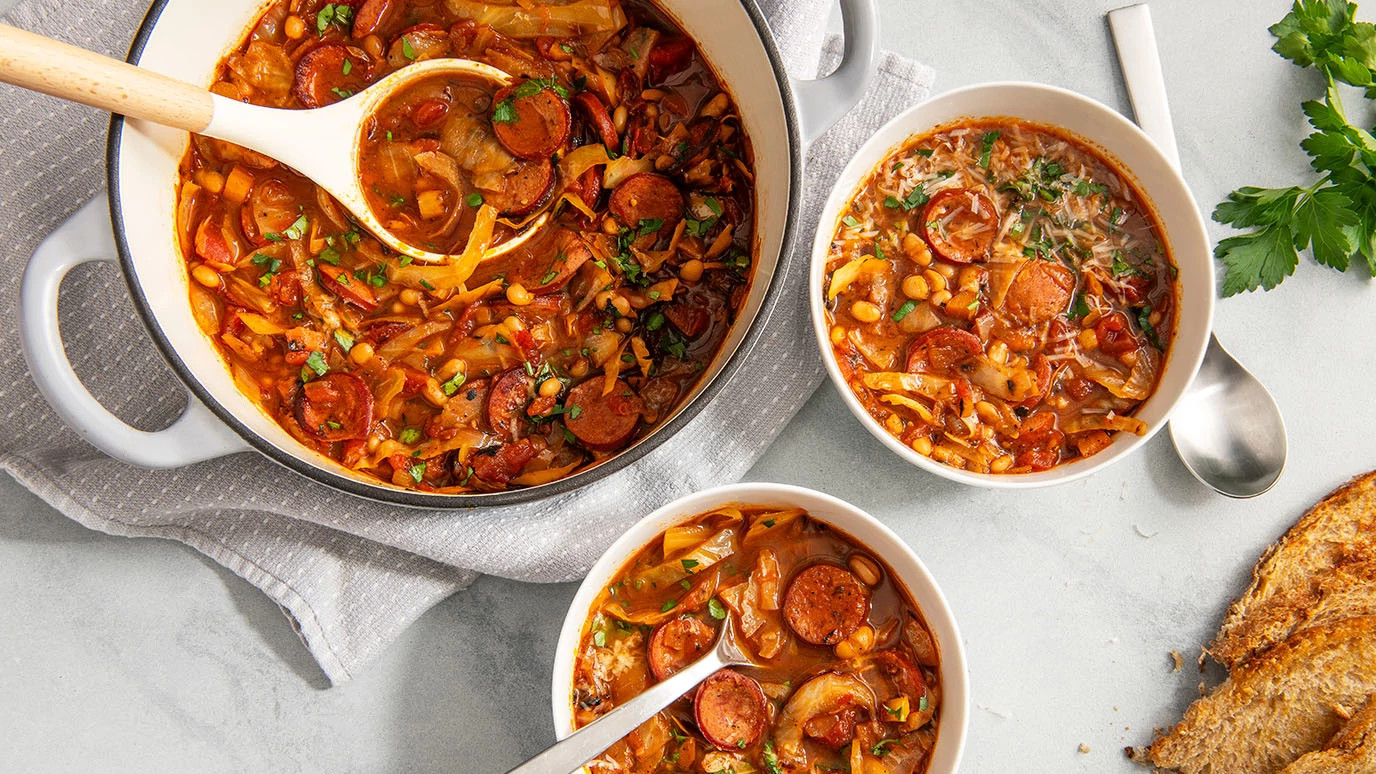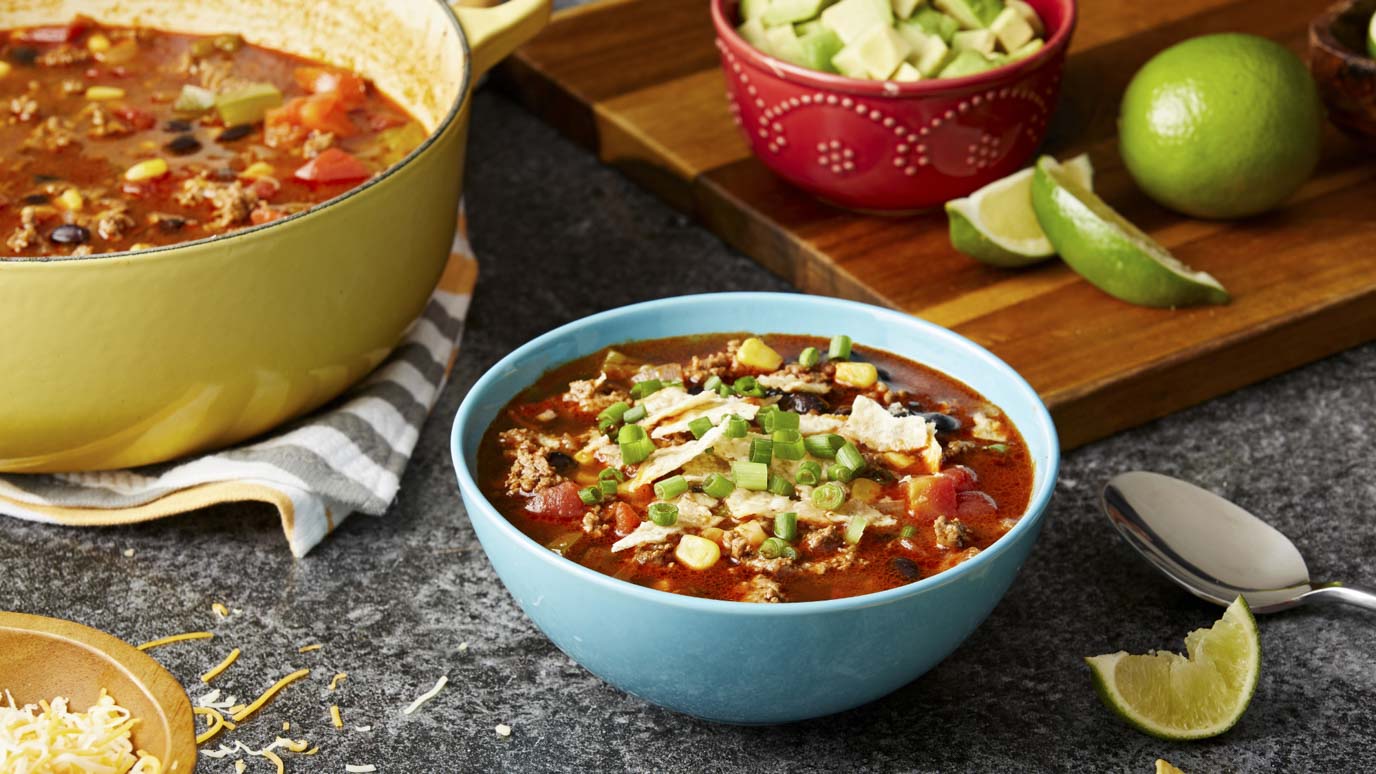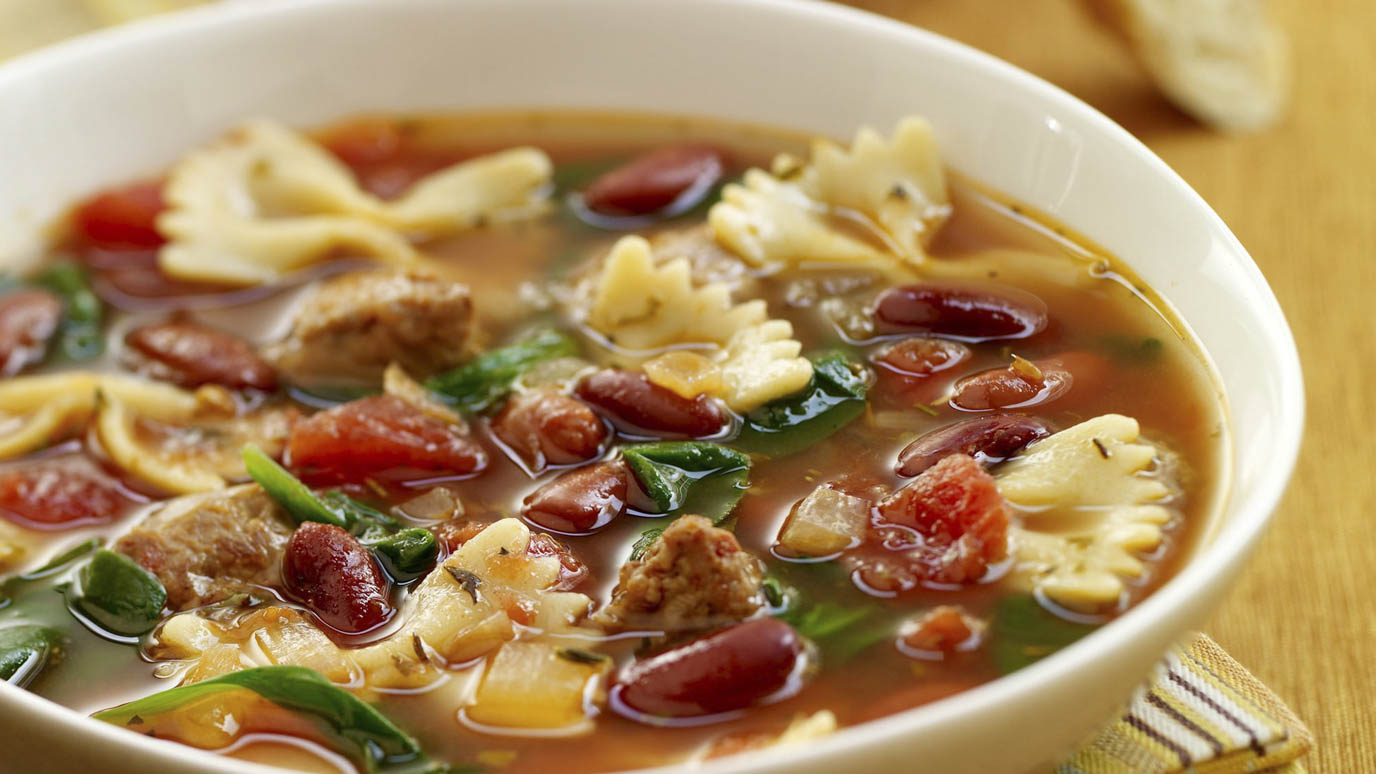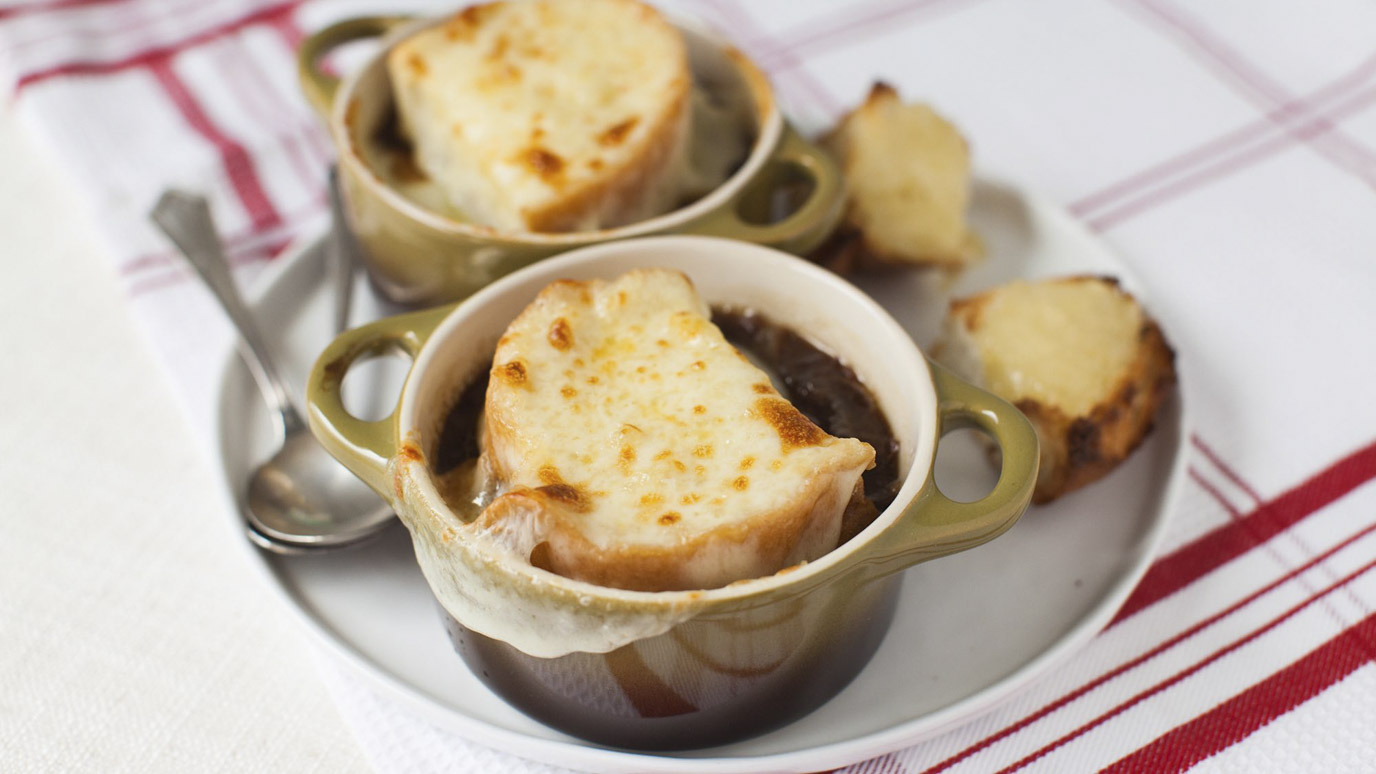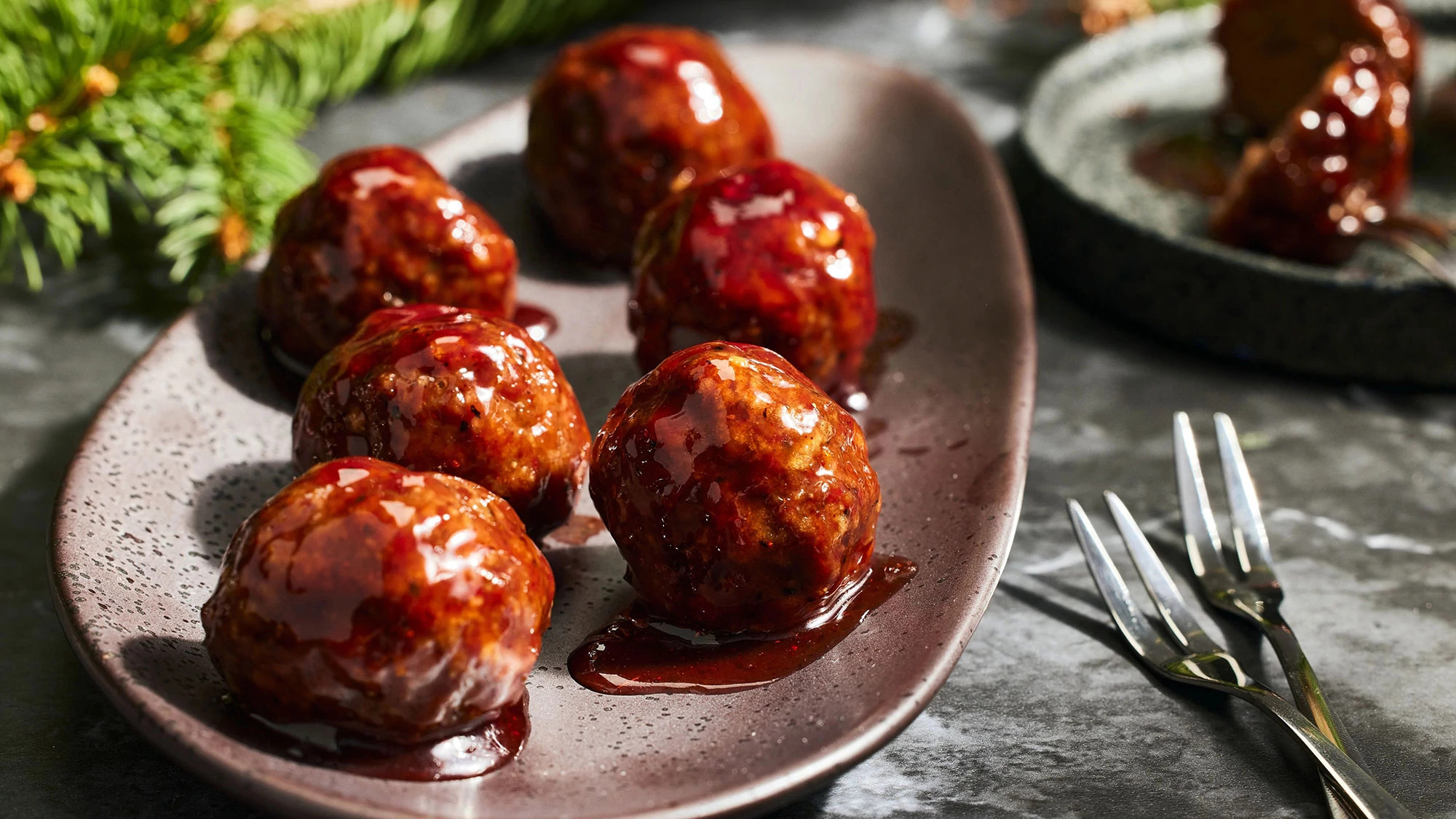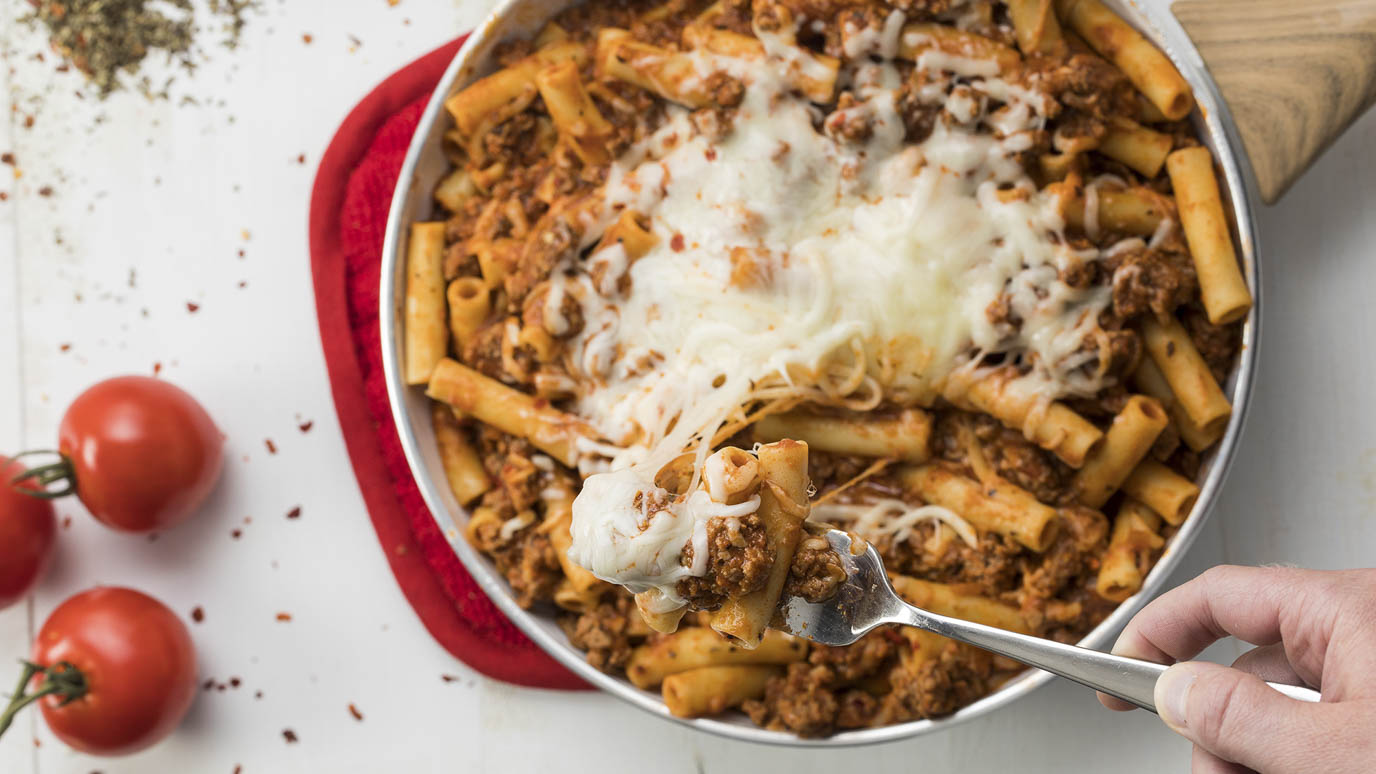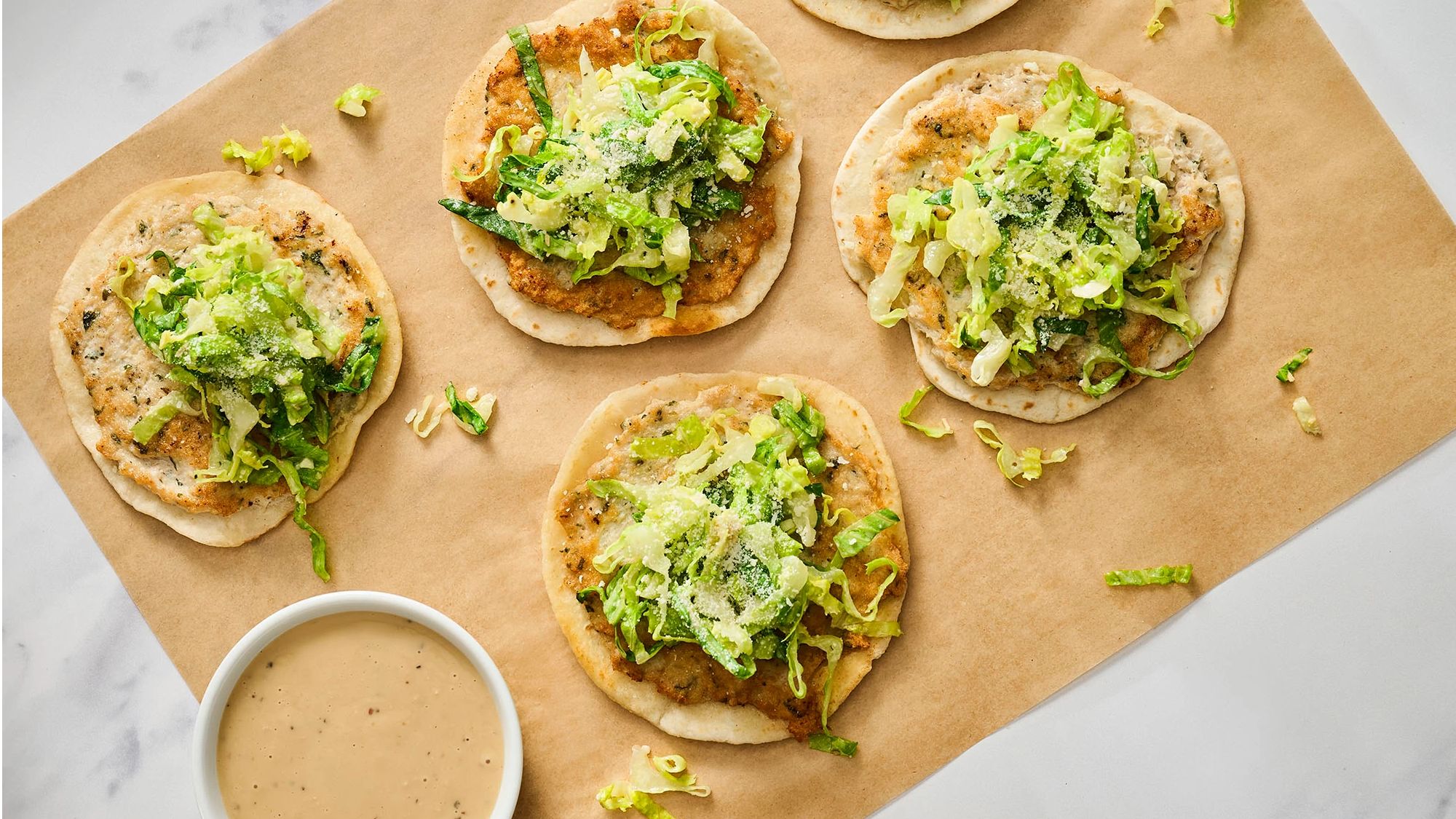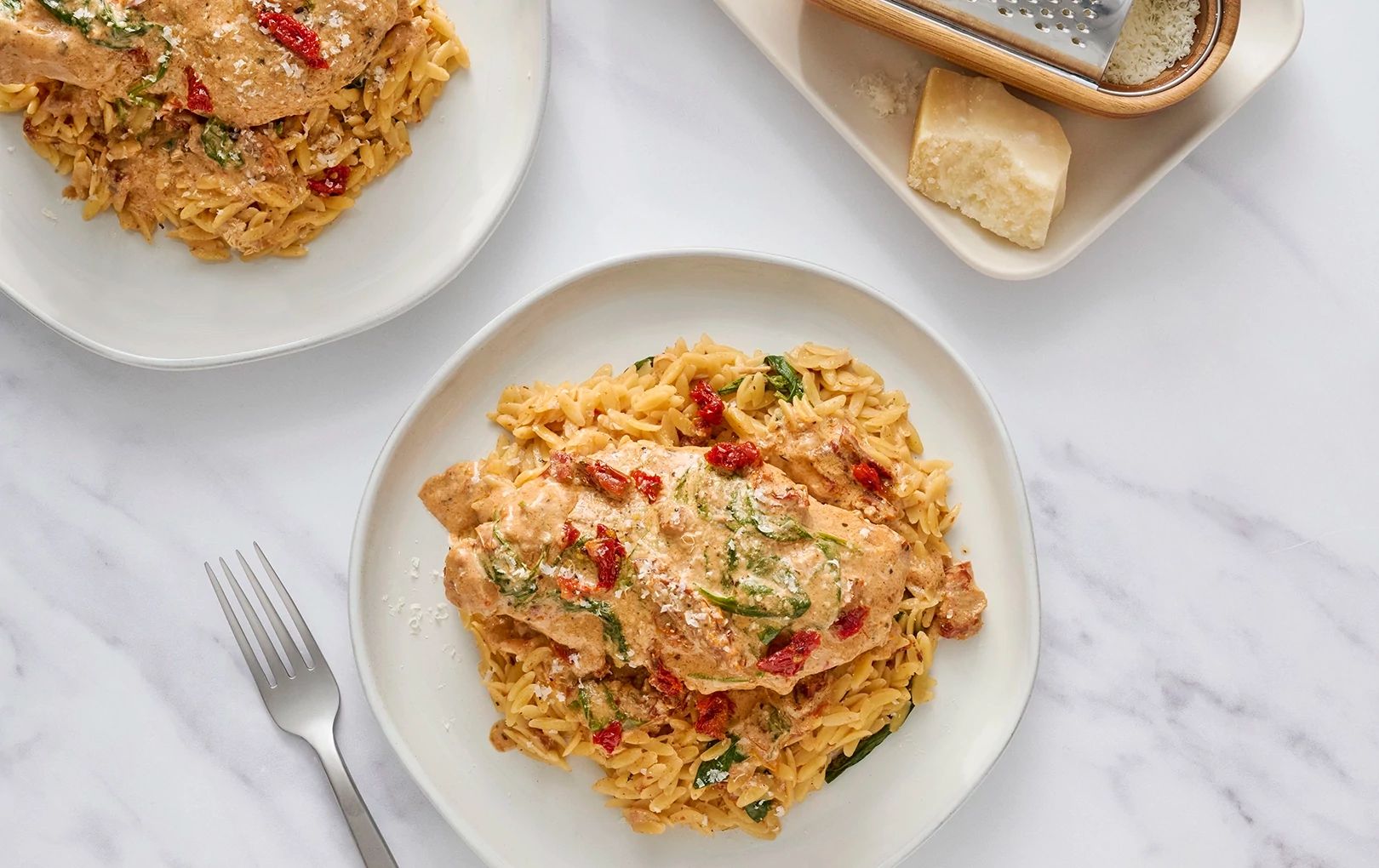Chicken Ramen Soup
Explore this recipe

Easy Recipes for Every Occasion

Taco Crunch Wrap
From the layers of ground beef and tasty taco toppings to the signature flavor of McCormick® Original Taco Seasoning Mix, this taco crunch wrap is...
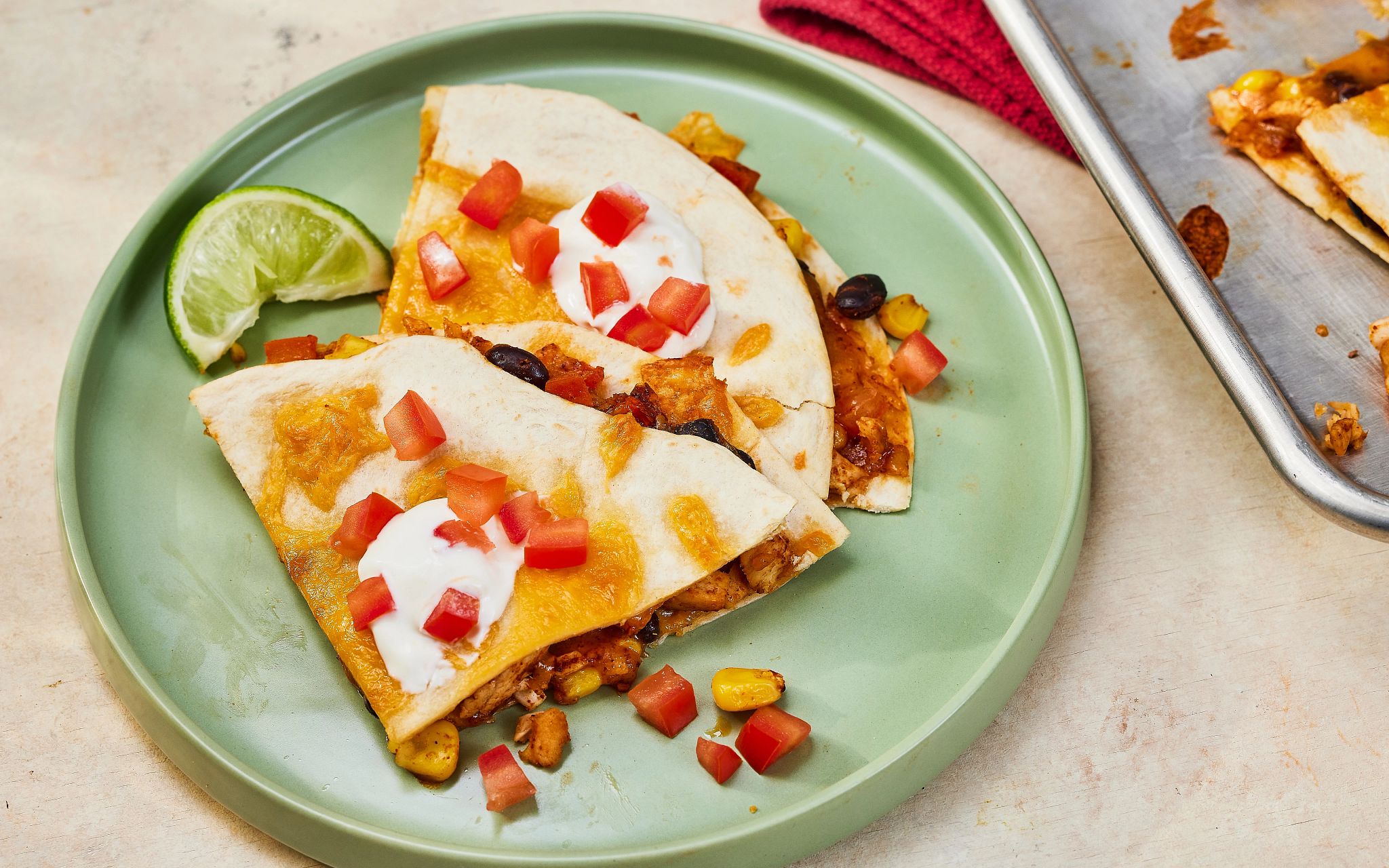
Sheet Pan Quesadillas
Wondering what to do with your leftover chicken or shredded rotisserie chicken? This easy, budget-friendly recipe for chicken quesadillas lets you transform leftover chicken into...
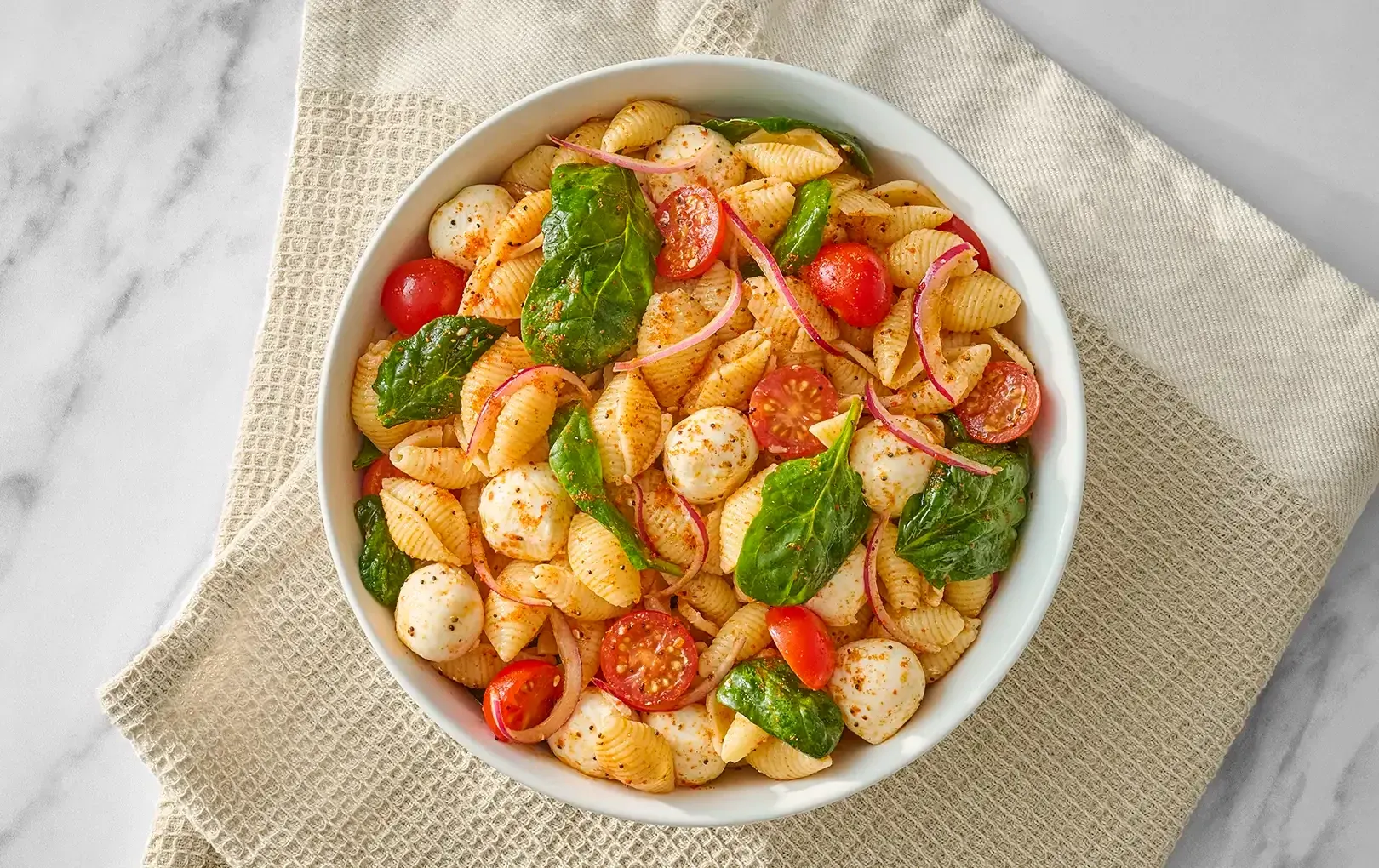
Pasta Salad Caprese
A zesty vinaigrette coats a trifecta of pasta, cherry tomatoes, and mozzarella cheese in this fresh take on caprese salad. Serve alongside any grilled protein...
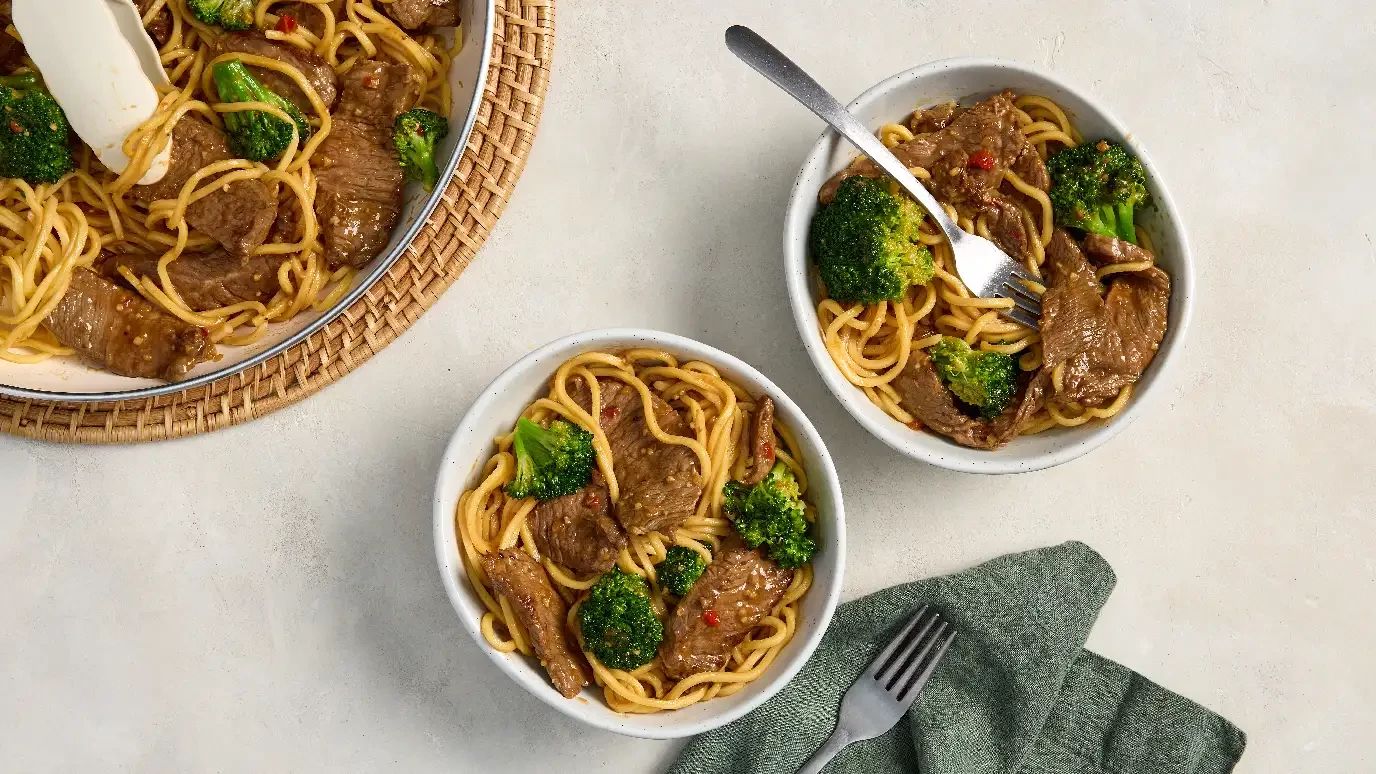
Beef & Broccoli Lo Mein
Enjoy your favorite takeout meal in less time than it would take to be delivered. Tender sirloin steak and crispy broccoli soak up savoriness as...
Flavor Inspiration For Every Occasion


MEET OUR CHEFS
McCormick Chefs are the masterminds behind some of your favorite recipes and flavor. Get to know them and their favorite recipes.
Explore More recipes from McCormick

Smoky Sweet Chicken & Sweet Potatoes

Slow Cookers Creamy Cheddar Broccoli Soup

Sheet Pan Smoky Sweet Pork Tenderloin & Vegetables

Pizza Night Sauce

Perfect Roasted Vegetable Orzo Salad

Orange Beef & Vegetable Stir-Fry

Electric Pressure Cooker Mongolian Beef


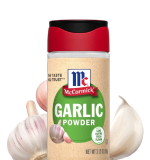
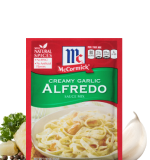
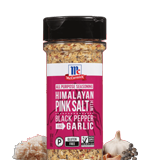
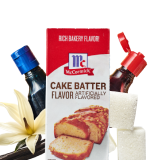
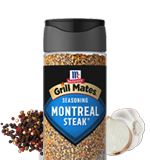
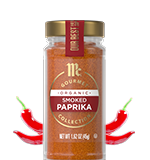
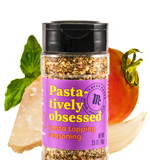
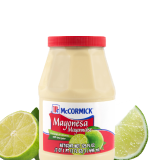
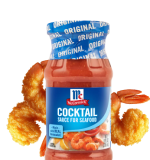


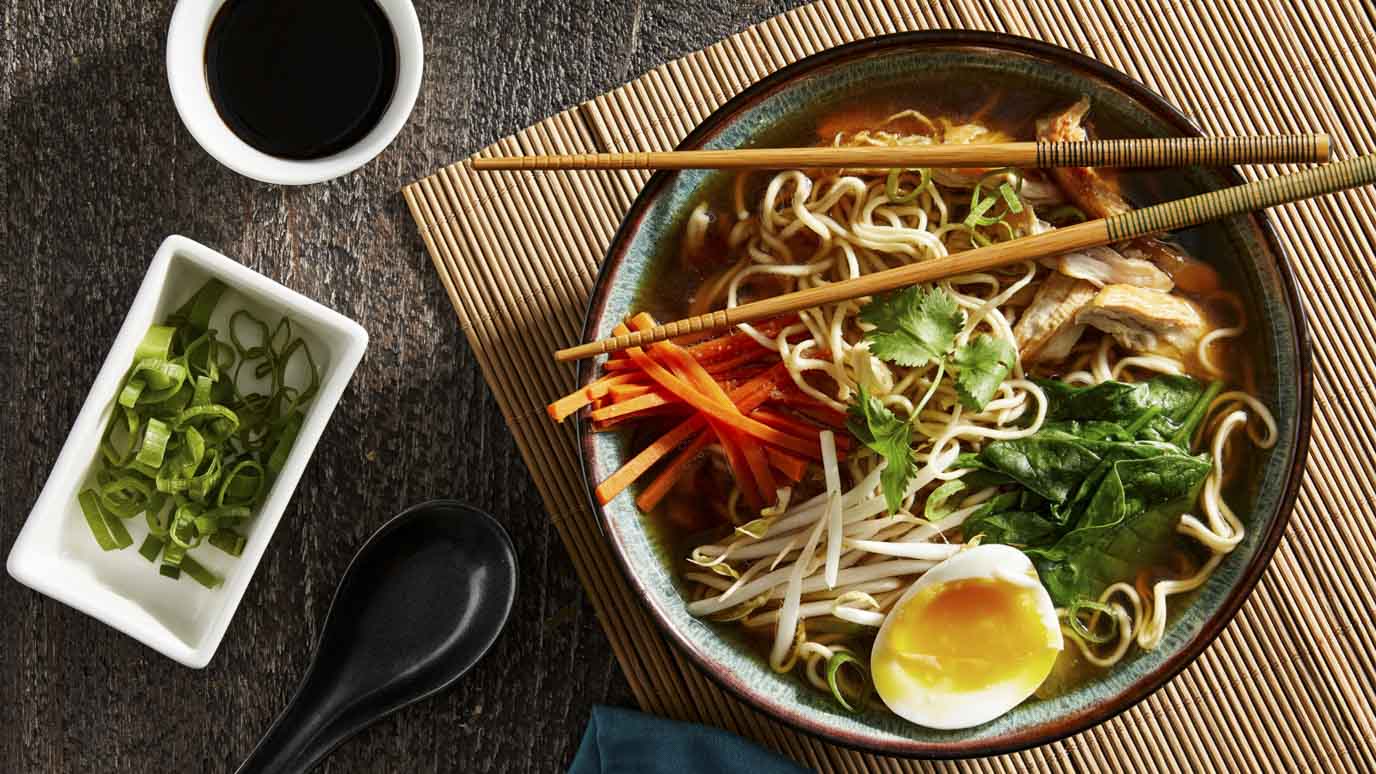






























![['A jar of McCormick Caribbean Jerk Chicken Seasoning with a hint of sea salt.']](http://www.mccormick.com/cdn/shop/files/00052100049915_A1N1_master-2025-12-01.jpg?v=1764627610&width=300)

![['A bottle of McCormick Perfect Pinch Cajun Seasoning.']](http://www.mccormick.com/cdn/shop/files/00052100049694_A1N1_master-2025-12-01.jpg?v=1764627609&width=300)





![['McCormick Original Chili seasoning mix package with a bowl of chili on the front.']](http://www.mccormick.com/cdn/shop/files/00052100091501_H1N1-2025-12-17.png?v=1765997030&width=300)
![['A bowl of chili topped with sour cream, shredded cheese, and green onions, with a McCormick Original Chili seasoning packet in the foreground.']](http://www.mccormick.com/cdn/shop/files/00052100091501_HeroRecipe-2025-12-17.jpg?v=1765997030&width=300)




![['McCormick Au Jus Gravy packet with a sandwich and gravy on the front.']](http://www.mccormick.com/cdn/shop/files/00052100096902_H1N1-2025-12-17.jpg?v=1765997031&width=300)
![['A hand dips a grilled cheese sandwich into a bowl of au jus.']](http://www.mccormick.com/cdn/shop/files/00052100096902_HeroRecipe-2025-12-17.jpg?v=1765997031&width=300)


![['A McCormick Thick & Zesty Spaghetti seasoning packet with a picture of spaghetti and marinara sauce.']](http://www.mccormick.com/cdn/shop/files/00052100090405_H1N1-2025-12-01.jpg?v=1764622438&width=300)
![['A pot of red sauce sits on a wooden cutting board with a red and white striped towel next to it.']](http://www.mccormick.com/cdn/shop/files/00052100090405_HeroRecipe-2025-12-01.jpg?v=1764622438&width=300)
